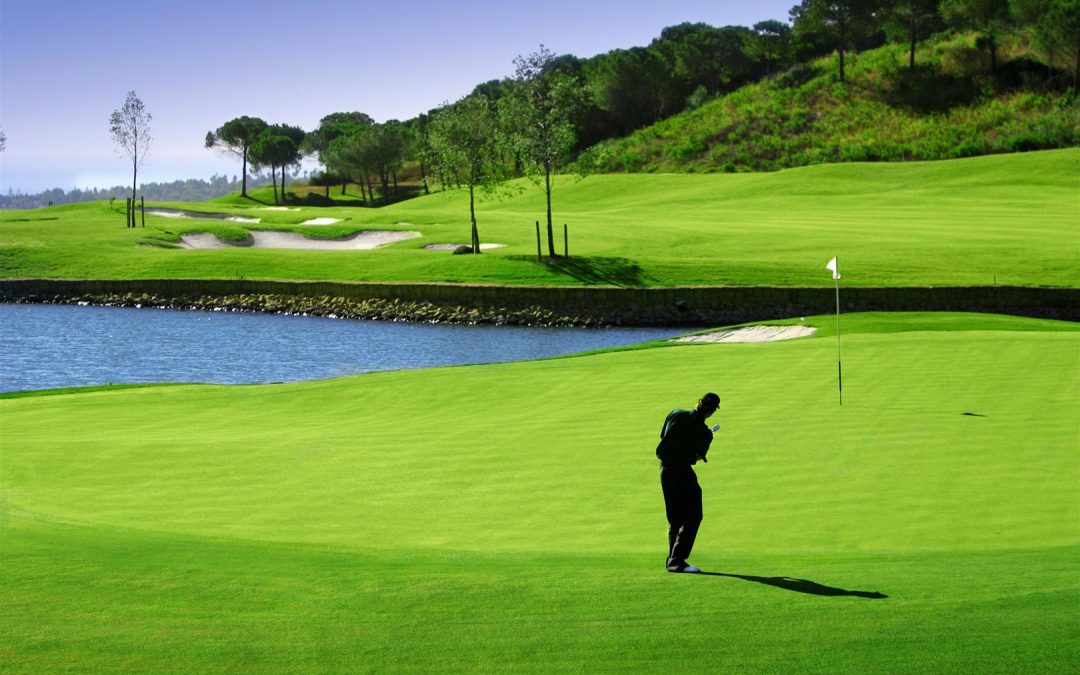Marbella and its surrounding area are preparing for another record summer in terms of numbers of Arab tourists. The rise is expected due to several reasons: there is a general increase in travellers from the Persian Gulf, there has been political instability in many of the destinations where these tourists would traditionally holiday and, finally, Ramadan doesn’t fall in August – the month in which these visitors normally go away.
In the past few years, as well as the traditional markets of Kuwait and Saudi Arabia, the number of travellers from Qatar, the United Arab Emirates and Morocco has substantially increased.
Last year also saw a notable rise in the number of visitors from this region – an area so big that it ranges from Saudi Arabia to Morocco, with the ever strengthening economies of Qatar and the UAE in-between. The forecast for this summer is even more optimistic.
According to the Costa del Sol Tourist Board (that was present at this year’s Arabia Travel Market – held in Dubai at the beginning of this month) a growth of between 25 and 35 per cent is predicted for some of these source countries.
This is despite the fact that practically the whole of July will be lost – Ramadan starts on 28 June and lasts until the same day of the following month.
For Muslims, the holy month is almost incompatible with tourism because those who practice the tradition refrain from eating and drinking from dawn until sunset. However, unlike previous years, when Ramadan practically split the season in two, August this year will be free from any type of restriction. In some countries, such as Qatar, for ten days after Ramadan official holidays are celebrated. This is especially true for those working for state-owned companies. There will, consequently, be a boost in tourism from these countries that are already seeing an increase in the number of travellers seeking new destinations to visit.
Qatar has an estimated unemployment rate of 0.5 per cent, with workers being given between three and four weeks holiday a year.
Surveys carried out by Turespaña have revealed that although the number of visitors from these countries cannot be compared in quantitative terms with the traditional and larger areas of tourist origin, they are, nonetheless, important when their spending power and the potential for growth that they show year after year are taken into account.
In Qatar, the main profile of travellers who come to Europe are people with a good standard of education and who belong to a high social class.
Third destination
Malaga province, especially Marbella and its area of influence – the triangle it forms with Estepona and Benahavís – has become the third most popular destination for travellers from the Middle East, after Madrid and Barcelona. But in comparison with other destinations, where the visits tend to be short – people mainly go there for cultural events or for shopping – on the Costa del Sol the tourists stay longer: an average of almost five days.
The area’s shopping facilities are part of the reason for the growth in these markets, especially as Puerto Banús is now established as the second most popular destination for shopping in Spain, coming ahead of Madrid and just behind Barcelona.
My Concierge Marbella, your trusted advisor for your holidays and investments in Costal del Sol
* Sources taken from «Sur in English»

